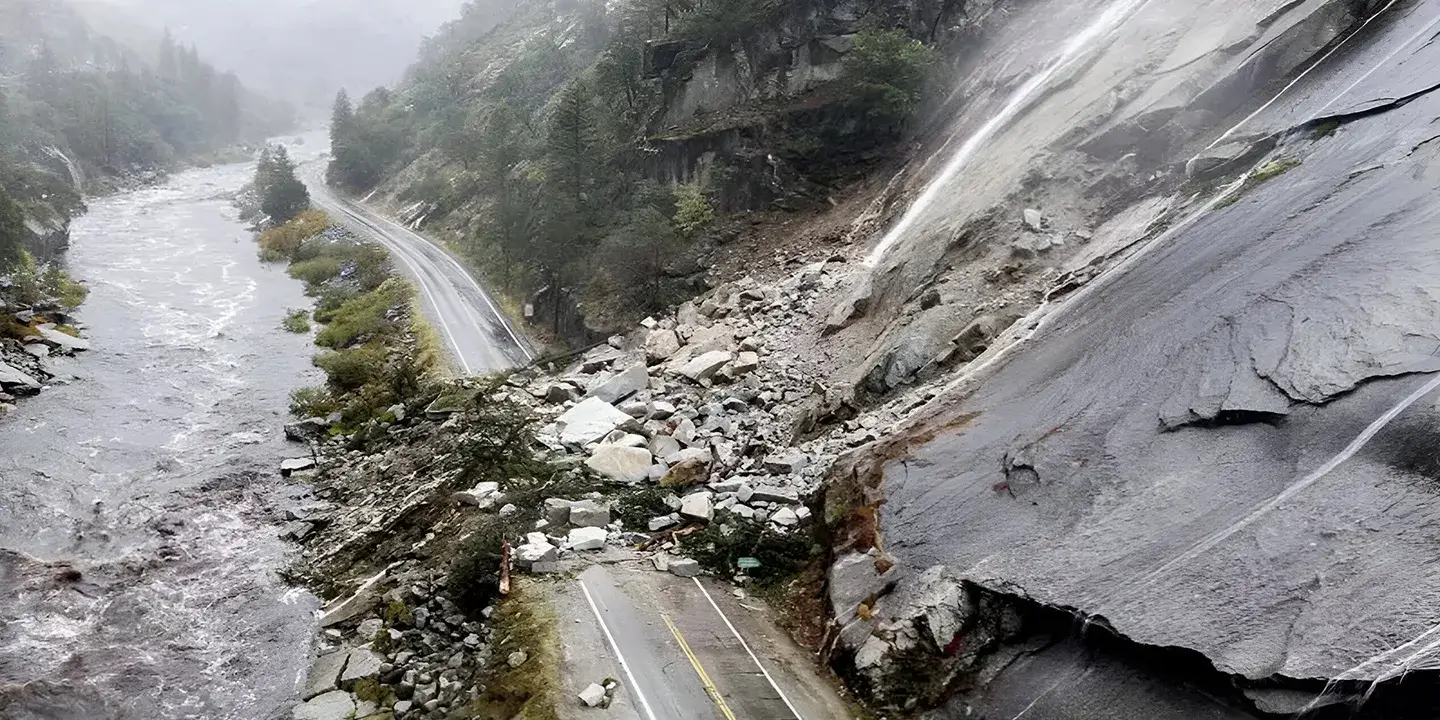
Shimla: As Himachal Pradesh continues its battle against natural disasters particularly landslides triggered frequently by heavy monsoon rains and seismic activity, the Sukhwinder Singh Sukhu government has taken a proactive approach by introducing bio-engineering solutions to mitigate landslides.
For this, the government aims to implement sustainable and scientific techniques to combat this natural disaster.
A key initiative in this direction is the cultivation of vetiver grass, a plant known for its deep and dense root system that effectively binds the soil and prevents erosion.
The Chief Minister emphasized that vetiver grass has been successfully used worldwide for soil conservation, particularly in landslide-prone areas, highway embankments, and riverbanks.
To kickstart this initiative, the Himachal Pradesh State Disaster Management Authority (HPSDMA), in collaboration with the Vetiver Foundation-Climate Resilience and Sustainability Initiatives (CRSI), Tamil Nadu, has launched a pilot project.
Under this project, CRSI has provided 1,000 vetiver grass plants free of cost, which have been planted in a nursery established in Berti, Solan district, with the support of the Agriculture Department. The aim is to ensure a sufficient supply of these plants before the monsoon season of 2025.
The project is being closely monitored by HPSDMA to assess the plant’s adaptability and effectiveness in local conditions.
Experts believe that vetiver grass, which can develop roots up to 3-4 metres deep, acts as a natural barrier against landslides by reducing soil displacement and water stagnation. When planted in rows, it forms a protective wall, absorbing excess water and stabilizing steep slopes.
Unlike conventional landslide prevention methods, which are often expensive and require extensive maintenance, vetiver grass offers a cost-effective, eco-friendly, and sustainable alternative.
Recognizing this, the state government is committed to expanding the initiative across more vulnerable regions, bringing hope for a safer and more resilient future for the state and its people.
Source:


























